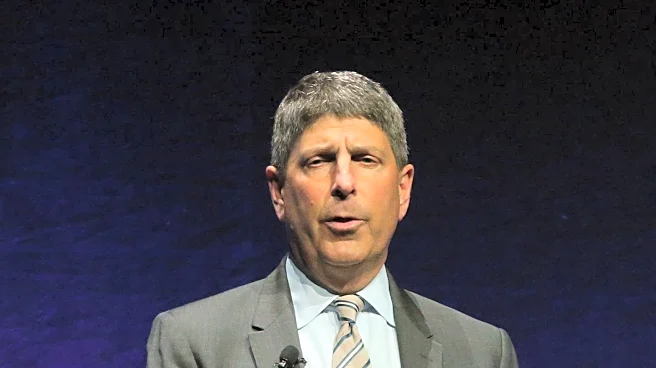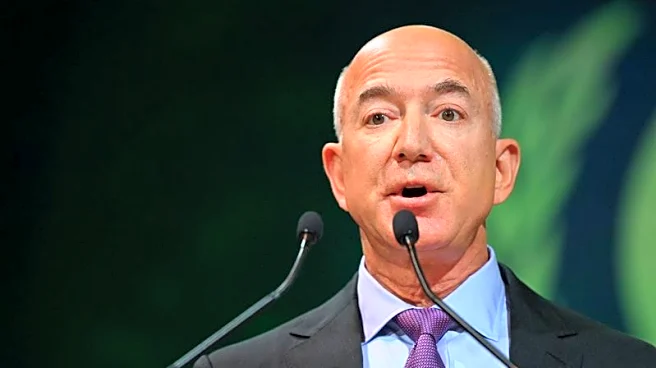What's Happening?
Philanthropic foundations are increasingly adopting the 'giving in time' approach, where they plan to disburse their resources by a fixed date rather than maintaining perpetual endowments. This trend is exemplified by the Bill & Melinda Gates Foundation's decision to spend all its resources by 2045, as announced by Bill Gates. The approach is driven by the urgency of addressing pressing social issues such as political volatility, polarization, and global health challenges. Other foundations, like the Stupski Foundation, are also accelerating their grant disbursements in response to current threats to democracy, health, education, and food systems. The concept of 'giving in time' is gaining popularity, with nearly half of philanthropic organizations established in the 2010s designed as time-limited vehicles, according to a report by Rockefeller Philanthropy Advisors.
Why It's Important?
The shift towards 'giving in time' reflects a strategic response to immediate societal challenges, allowing foundations to mobilize resources quickly and effectively. This approach encourages risk-taking and bold action, aligning philanthropic efforts with the founders' original vision and passion. By setting an end date, foundations can focus on initiatives that truly advance their mission, ensuring that resources are used efficiently to address contemporary needs. The urgency of current global issues, such as climate change and inequality, underscores the need for catalytic philanthropy to act with creativity and focus. This trend could lead to significant impacts on U.S. public policy and social welfare, as foundations prioritize immediate action over long-term preservation.
What's Next?
As more foundations adopt the 'giving in time' approach, they will need to plan for sustainability beyond their own resources. This involves helping grantees secure alternative funding sources to continue their missions after the foundation's closure. Initiatives like NextLadder Ventures, launched by the Gates Foundation, exemplify this strategy by spinning out as independent entities with a clear end date. Foundations will likely continue to explore innovative ways to maximize their impact within a limited timeframe, potentially reshaping the landscape of philanthropy and nonprofit funding.
Beyond the Headlines
The 'giving in time' approach raises ethical and strategic considerations for philanthropic foundations. It challenges the traditional model of perpetual endowments, prompting discussions about the most effective ways to address urgent social issues. By prioritizing immediate action, foundations may influence broader cultural shifts towards proactive and responsive philanthropy. This trend also highlights the importance of aligning philanthropic efforts with current societal needs, fostering a dynamic and adaptive approach to charitable giving.











